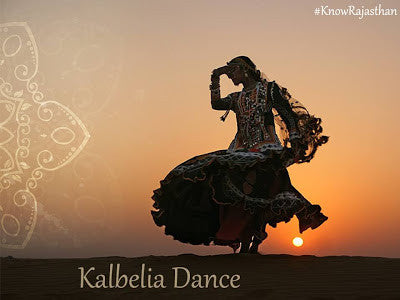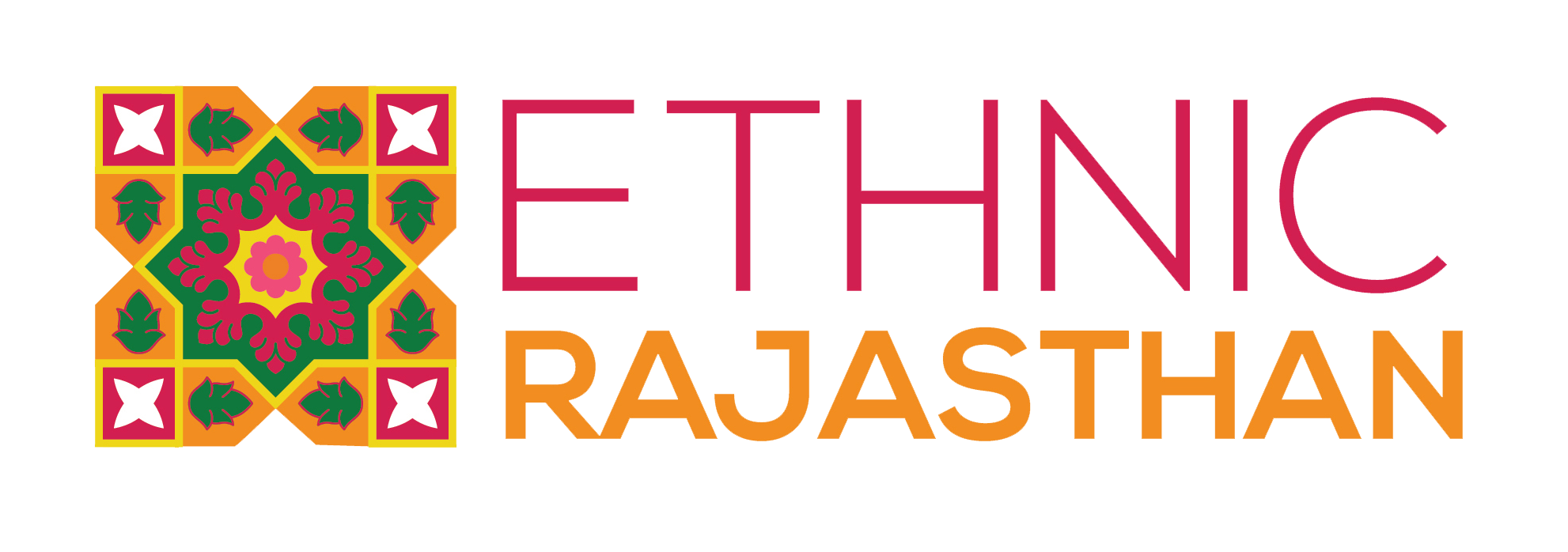Rajasthan has been a heaven of various folk art forms. A medieval history includes the existence of princely states, which provided patronage to these art forms and their artists. Vibrant, vigorous and graceful the dances of Rajasthan evoke the desert in all its moods. The desert comes alive when the local Rajasthan performer performs the folk dances that leave the people amazed.

The kalbeliyas, is a snake charmer community from Rajasthan, which performs Kalbeliya dance. They are renowned dancers, musicians and snake charmers and are identified as ‘gypsies’ in modern Indian culture. Kalbeliya is a nomadic community who sometimes introduces themselves as Saperas or Sadhu. Their traditional business is to catch snakes and to trade snake venom. Traditionally Kalbeliya men carried cobras in cane baskets from door to door in villages while their women sang and danced for alms. They revere cobras and advocate non-killing of the reptiles. Since the enactment of the wildlife act,1972 the Kalbeliyas have been pushed out of their traditional profession of snake handling. Today, performing arts are a major source of income for them and they have widespread recognition within and outside India.

The kalbeliya dancers are exceptionally flexible, they perform beautiful stunts as they twist and turn their bodies in myriad ways, as is humanly possible. Sometimes they balance utensils, one or several upon their heads, or use swords and blades to carry out difficult maneuvers. The dancers are women in flowing black skirts who dance and swirl, replicating the movement of a serpent. The male participants take care of the musical part of the dance. They use the different instruments such as the pungi (a wooden wind instrument traditionally played to capture snakes), dufli, been, khanjari, morchang, dholak to create the rhythm on which the dancers perform. The dancers are tattooed in traditional designs and wear traditional jewellery, bangles, armlets, vibrant bindis, garments richly embroidered with small mirrors, silver thread and colorful ribbons. As the performance progress the rhythm becomes faster and faster and so does the dance. The harmony of their performance is amazing! These songs and dances are part of an oral tradition that is handed down generations and for which there are neither texts nor training manuals.
In 2010, the kalbeliya folk songs and dances of Rajasthan were declared part of its intangible heritage list by the UNESCO.







3 comments
👌👌👌
Tanushka singh
Nice blog
Malini sharma
VERY USEFUL INFORMATION.
Malini sharma
Leave a comment
This site is protected by hCaptcha and the hCaptcha Privacy Policy and Terms of Service apply.